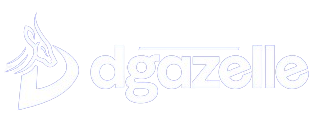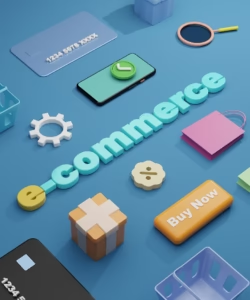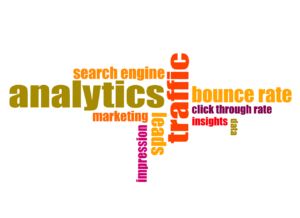Social media is a major part of our lives. It has become a part of everything we do. The internet is made up of many platforms. However, there are many changes happening in these platforms as well. New features have been added to make them even more convenient than before.
To help you connect better with your audience, here are some interesting Social media trends that you may not be aware of:
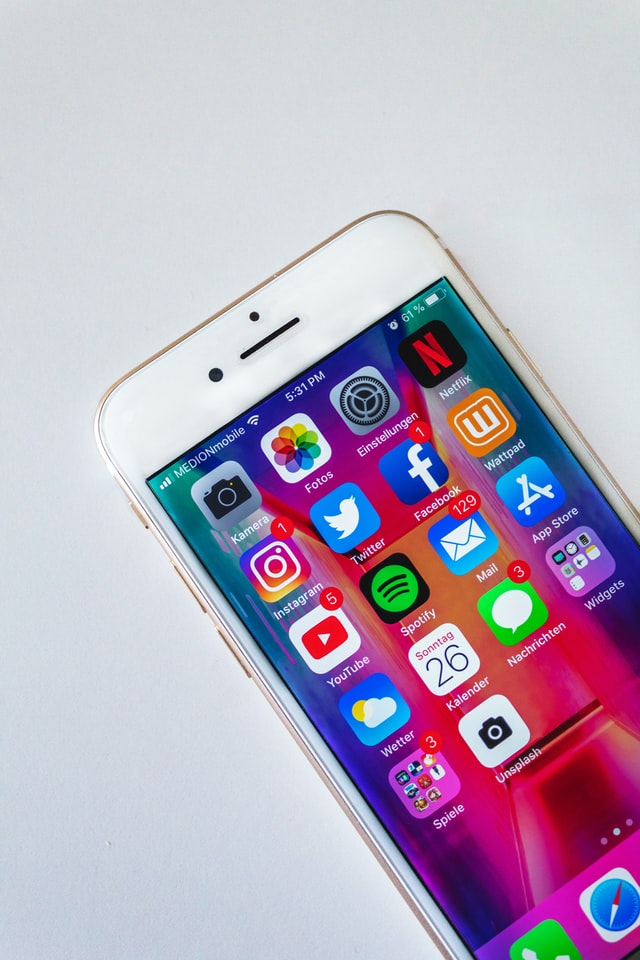
Social Media is still as Important
One of the most effective marketing tools available today is social media. It is unprecedented to be able to connect with people on a personal level and engage with them in a way that is more engaging than traditional marketing methods.
However, as social media platforms grow and evolve, so do the challenges that businesses face when attempting to leverage this technology. One of the most pressing issues confronting social media marketing professionals today is the abundance of content, particularly on Instagram. As a result, consumers now have greater access to information than ever before via social media channels.
What’s the good news? There are numerous trends to look forward to in 2022 that will assist us in weathering these growing pains while getting better results from our social media efforts.
What are the social media trends for 2022?
The following are some trends you should utilize for Creating great content in your social media strategy in 2022.
1. Video Content still Rules:
One of the most significant changes in digital marketing strategy is video marketing. In fact, more than 80% of marketers use video content to increase sales and engagement on social media channels.
Steve Chen, Chad Hurley, and Jawed Karim, three former PayPal employees, founded YouTube in 2005. Since then, the site has been a game changer for online video distribution and advertising.

YouTube remains the most popular online video content viewing platform, with 96 percent of users accessing it via desktop or laptop. People are increasingly turning to mobile devices to watch videos, which is where Facebook comes in.
Video is the most engaging type of content on social media platforms because it allows people to create their own story and have it shareable. It also helps you build your brand by drawing attention to yourself and your business.
If you’re not already using video for your business, then you should think about starting today!
2. Brands are Expected to Go Live More Often
Brands are expected to go live on their social media channels more frequently. They’ll want to be able to respond quickly and keep their customers engaged all day. The idea is that by doing so, they can continue to grow their audience and gain their loyalty.
As many as 84% of brands said they plan to go live at least once every week in 2022, up from just under 80% who said the same thing last year. This represents an increase of about 4 percentage points from Bloomberg’s 2019 Future of Business report.
Brands are expected to go live more often. They’re going to be sharing content across multiple platforms, including their owned and operated sites, social media channels and email newsletters.
3. Social Media and Artificial Intelligence
The two most important trends shaping the social media landscape are social media and artificial intelligence. It is also important to note that these two trends are intertwined, which means they will have a large impact on each other.

In 2022, Facebook and Instagram will continue to dominate social media, but new entrants will include Youku Tudou (China), LINE (Japan), and TikTok (Singapore). For years, Facebook has dominated the US market, but its dominance is beginning to wane as it faces competition from other platforms.
AI (artificial intelligence) will continue to be an important trend for marketers who want to reach out to potential customers on a more personal level. AI applications are now being used in marketing campaigns by companies such as Google to identify trends, predict future sales, and inform employees’ decision-making processes.
A.I will help automate tasks like content creation and curation, which will free up time for other tasks like security checks.
4. Social Media Influencers Will Not Lose Their Popularity
Social media influencers continue to dominate social media platforms. They can reach more people than ever before, and they continue to use social media to share their content with their followers. This means that the top 10% of influencers will remain the most popular for a long time to come.
However, with the rise of influencer marketing, smaller brands now have access to this type of content. This means that anyone who wants to attract their target audience can begin using influencer marketing right away, rather than waiting until they have enough money to spend on advertising.
In 2022, social media influencers will continue to be the most popular people on Instagram and Twitter since these platforms are still very relevant and useful for people who want to share their thoughts and experiences with other users.
5. Smaller Social Networks Will Grow
Facebook dominated the last decade, but as the social network has grown, it has lost some of its enchantment. Facebook’s user growth has slowed, and smaller social networks such as Snapchat and Instagram have taken its place.

These networks are appealing not only because of their sheer size, but also because of their ability to foster more intimate connections between users. Snapchat allows you to send photos, videos, and text messages that vanish after 10 seconds. Instagram allows you to post photos and videos that are deleted after 24 hours.
Although these smaller networks have smaller audiences than Facebook, they can provide a more personalized experience for each user. Users can only see people they have chosen to follow, so there are fewer distractions than with larger social networks where everyone is connected.
6. Augmented Reality Is the Next Big Thing
Augmented reality (AR) is sweeping the globe. When you’re not looking at the world with your own eyes, but rather through technology like smartphones and AR-enabled glasses, it’s a new way to experience it. AR has been around for a while, but it has only recently become popular.
The main reason for its popularity is that it provides people with new perspectives — from virtual pets to augmented shopping experiences — while requiring no special hardware or technology.
The most common type of AR app detects the user’s location and then provides them with relevant information about what’s around them using computer vision technology. For example, you might see a restaurant appear on your phone’s GPS map as you walk past a certain point. The app uses this information to determine your location and then overlays the details of that restaurant.
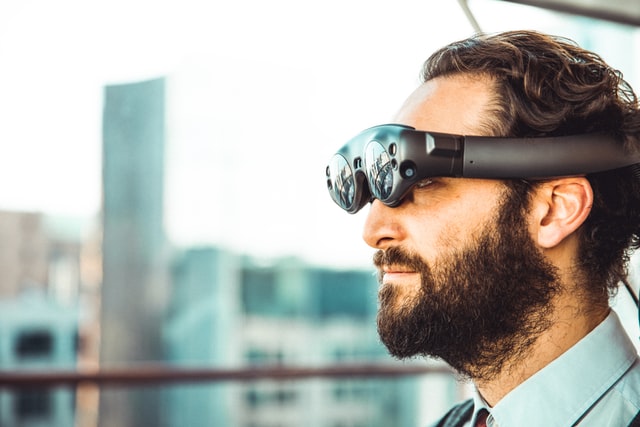
Augmented reality has been around for decades, but it is only now that it is becoming more popular, thanks to the rise of mobile devices such as smartphones and tablets. Smartphones have become our primary means of accessing information about the world around us, so it stands to reason that businesses would want to capitalize on this power for their own ends as well as help people improve their lives.
Conclusion
Social media is a fantastic way to stay in touch with friends and family, but it’s also important to remember that it can be used for marketing. Social media marketing entails more than just posting pictures and sharing links; it entails creating content that will pique people’s interest in what you have to say.
Businesses will have to be extremely creative if they want to stay ahead in this rapidly changing space, but with so many options out there, it’s not as hard as it seems.
